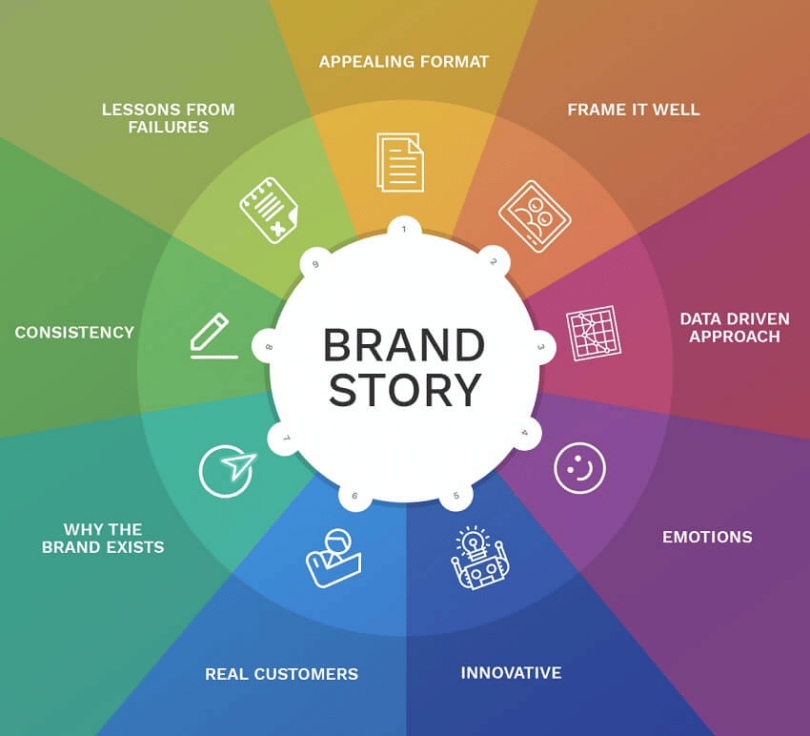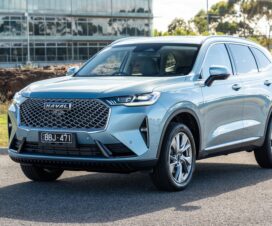 |
In today’s competitive automotive market, establishing a strong brand identity is crucial for success. Your auto dealership needs to stand out from the crowd and leave a lasting impression on potential customers. A well-defined brand identity not only helps you differentiate yourself from the competition, but it also builds trust, establishes credibility, and creates an emotional connection with your target audience. From your logo and color scheme to your website design and customer service, every aspect of your dealership should reflect your brand’s values, mission, and personality. In this article, we will explore the key elements of creating a strong brand identity for your auto dealership and provide practical tips on how to effectively communicate your unique selling proposition to potential customers. For example, the 1990s Range Rover Classic is a unique product and would require a unique outlook on its potential customers. By the end, you’ll have a clear roadmap to develop a powerful brand identity that will drive customer loyalty and propel your dealership to new heights.
The importance of brand identity for auto dealerships

Source: jandlmarketing.com
Building a strong brand identity is no longer an option—it’s a necessity. In the competitive auto industry, where customers have numerous choices, a well-defined brand identity can make all the difference. It not only helps you differentiate your dealership from the competition but also allows you to connect with your target audience on an emotional level. A strong brand identity builds trust, establishes credibility, and creates a sense of loyalty among customers.
To understand the importance of brand identity, consider some of the most successful auto dealership brands. Whether it’s the luxury and sophistication of Mercedes-Benz or the rugged and adventurous spirit of Jeep, these brands have created a strong identity that resonates with their target audience. Customers are not just buying a car; they are buying into a lifestyle, a set of values, and a promise that the brand delivers on.
Defining your brand values and mission
Before you can create a strong brand identity, you need to define your brand values and mission. Your brand values are the guiding principles that inform everything you do as a dealership. They define what you stand for and what you believe in. Your brand mission, on the other hand, is your purpose—the reason why you exist as a dealership.
To define your brand values, start by asking yourself what is important to you and your customers. Do you prioritize quality, reliability, or affordability? Are you committed to providing exceptional customer service or supporting environmental sustainability? Your brand values should align with your target audience’s values and resonate with them on a deeper level.
Once you have established your brand values, you can then define your brand mission. What do you hope to achieve as a dealership? What problem are you solving for your customers? Your brand mission should be clear, concise, and inspiring. It should communicate the unique value proposition that sets you apart from your competitors.
Identifying your target audience and market positioning

Source: experian.com
To create a strong brand identity, you need to have a clear understanding of your target audience. Who are your ideal customers? What are their needs, desires, and pain points? By understanding your target audience, you can tailor your brand identity to resonate with them and address their specific needs.
Market positioning is another important aspect of creating a strong brand identity. How do you want your dealership to be perceived in the market? Are you the affordable option, the luxury choice, or the go-to dealership for electric vehicles? Your market positioning should align with your target audience and differentiate you from your competitors. It’s important to find a unique position in the market that allows you to stand out and attract your ideal customers.
Developing a unique brand personality
Your brand personality is the human characteristics and traits that define your dealership’s identity. It’s how you communicate with your customers and the emotional connection you establish with them. Developing a unique brand personality is essential for creating a strong brand identity.
To develop your brand personality, start by considering the tone of voice you want to use in your communication. Are you friendly and approachable or professional and authoritative? Your brand personality should align with your target audience and be consistent across all touchpoints, from your website to your social media channels.
Creating a memorable brand name and logo
Your brand name and logo are two of the most important visual elements of your brand identity. They are often the first things customers see and can leave a lasting impression. A memorable brand name and logo can help you stand out from the competition and make your dealership more recognizable.
When choosing a brand name, consider something that is easy to pronounce, spell, and remember. It should also reflect your brand values and resonate with your target audience. Your logo should be visually appealing, simple, and easily recognizable. It should communicate your brand’s personality and evoke the emotions you want your customers to feel when they think of your dealership.
Crafting your brand story and messaging

Source: brandedagency.com
Your brand story is the narrative that defines your dealership’s history, values, and mission. It’s a powerful tool for connecting with your target audience and creating an emotional connection. Your brand messaging, on the other hand, is the way you communicate your brand’s value proposition and benefits to your customers.
Crafting a compelling brand story starts with understanding who you are as a dealership and what makes you unique. What is your history? What challenges have you overcome? What are your proudest achievements? Your brand story should be authentic, engaging, and relatable.
Your brand messaging should be clear, concise, and focused on the benefits your customers will experience by choosing your dealership. It should communicate your unique selling proposition and address your customers’ pain points. By crafting a compelling brand story and messaging, you can effectively communicate your value and differentiate yourself from your competitors.
Consistent brand visuals and design elements
Consistency is key when it comes to brand identity. Your dealership’s visual elements and design should be consistent across all touchpoints, from your website and social media to your physical showroom. Consistency helps build recognition and reinforces your brand’s identity in the minds of your customers.
When developing your brand visuals and design elements, consider your brand values, personality, and target audience. Choose colors, fonts, and imagery that align with your brand identity. Your visual elements should evoke the emotions you want your customers to feel when they interact with your dealership.
Implementing brand identity across all touchpoints
Once you have defined your brand identity and developed your visual elements, it’s important to implement it consistently across all touchpoints. This includes your website, social media channels, physical showroom, marketing materials, and customer service. Every interaction a customer has with your dealership should reflect your brand’s values, personality, and mission.
Consistency is key to building trust and establishing credibility. When customers experience the same brand identity at every touchpoint, it creates a sense of familiarity and reliability. It also helps reinforce your brand’s messaging and value proposition, making it easier for customers to understand what you stand for and why they should choose your dealership.
Building brand loyalty and customer trust

Source: autoawards.com
A strong brand identity builds customer loyalty and trust. When customers connect with your brand on an emotional level, they are more likely to choose your dealership over the competition. By consistently delivering on your brand promise and providing exceptional customer service, you can build long-term relationships with your customers and turn them into brand advocates.
To build brand loyalty and customer trust, it’s important to consistently deliver on your brand promise. Be transparent, reliable, and responsive. Provide a seamless and enjoyable customer experience at every touchpoint. By consistently exceeding your customers’ expectations, you can build a loyal customer base that will not only return to your dealership but also recommend you to others.
Monitoring and adapting your brand identity over time
Creating a strong brand identity is an ongoing process. It’s important to continually monitor and adapt your brand identity to stay relevant and resonate with your target audience. The automotive industry is constantly evolving, and customer preferences are always changing. By staying ahead of the curve and adapting your brand identity over time, you can ensure that your dealership remains competitive and continues to connect with your customers.
Monitor customer feedback, market trends, and competitor activity to identify areas for improvement and innovation. Continually seek feedback from your customers and make adjustments to your brand identity as needed. By staying agile and responsive, you can maintain a strong brand identity that reflects your customers’ needs and preferences.
Conclusion
Creating a strong brand identity for your auto dealership is essential for success in today’s competitive market. A well-defined brand identity helps you differentiate yourself from the competition, build trust, establish credibility, and create an emotional connection with your target audience. By defining your brand values and mission, identifying your target audience and market positioning, developing a unique brand personality, creating a memorable brand name and logo, crafting a compelling brand story and messaging, implementing consistent brand visuals and design elements, and building brand loyalty and customer trust, you can develop a powerful brand identity that drives customer loyalty and propels your dealership to new heights. Remember, creating a strong brand identity is an ongoing process that requires monitoring, adaptation, and a commitment to delivering on your brand promise.




